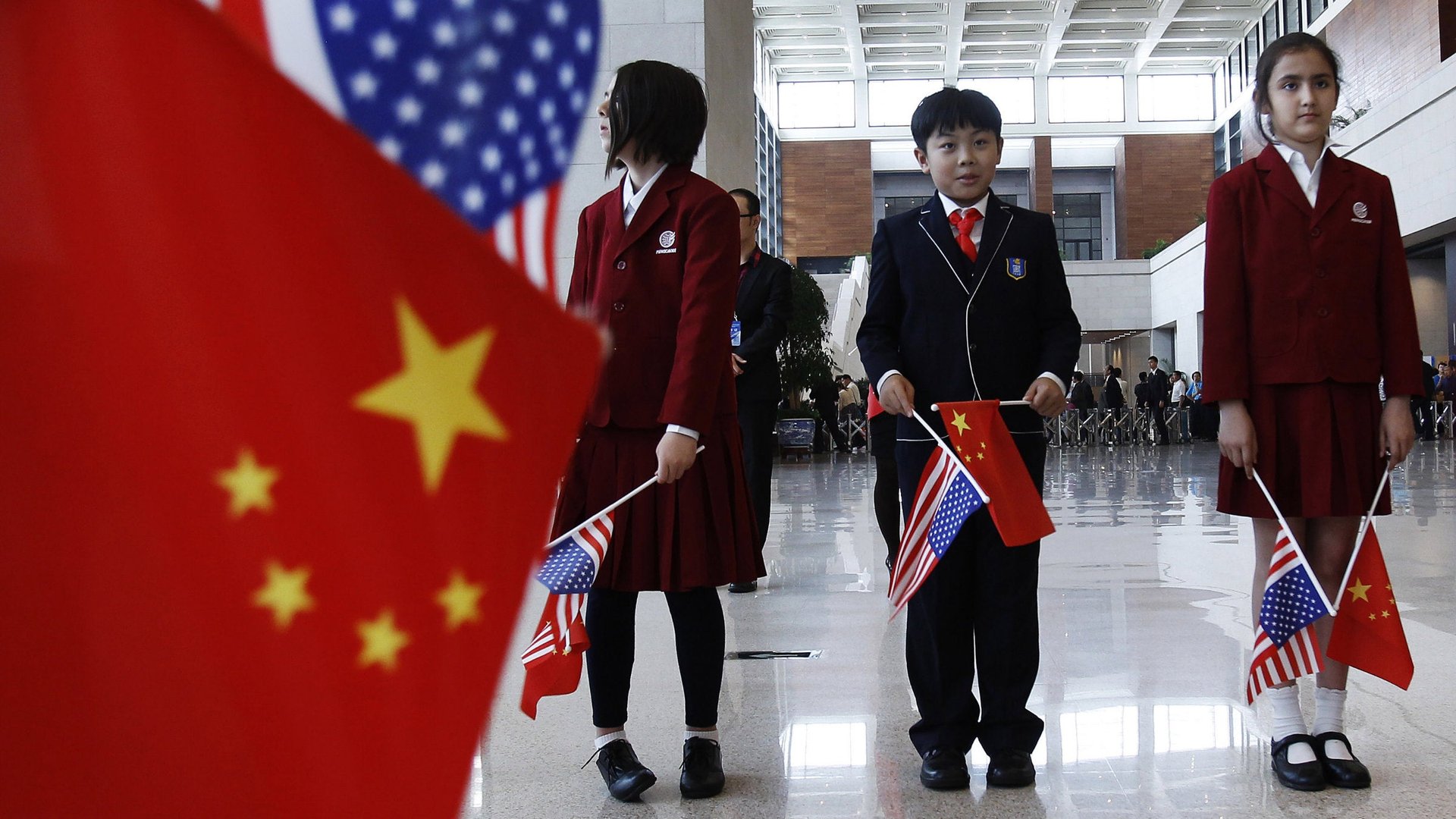Foreign students are actually making US universities less diverse
When American university administrators talk about globalization, as they often do these days, they are clear on the value of international students to their campuses. Some emphasize the high moral road and the way diverse perspectives enrich the educational experience. Others more bluntly point to the palliative effect of fee-paying students from China’s newly rich middle class on colleges’ financial health. As Jim Miller, past president of the National Association for College Admission Counseling (NACAC), paraphrases it, “We’re still interested in diversifying the campus, but we’re also interested in improving the bottom line. “


When American university administrators talk about globalization, as they often do these days, they are clear on the value of international students to their campuses. Some emphasize the high moral road and the way diverse perspectives enrich the educational experience. Others more bluntly point to the palliative effect of fee-paying students from China’s newly rich middle class on colleges’ financial health. As Jim Miller, past president of the National Association for College Admission Counseling (NACAC), paraphrases it, “We’re still interested in diversifying the campus, but we’re also interested in improving the bottom line. “
Yet there may be a fundamental contradiction between these twin goals. As colleges follow the money to college fairs in Guangzhou and elsewhere, they risk recruiting an international student body that is increasingly homogenous geographically, socio-economically, culturally and academically, undermining the very notion of greater diversity that globalization promises.
The most recent study on international students in the US, published by the Institute of International Education, shows that over half of the foreign students in the US come from only four countries: China with a quarter of the total, followed by India, Saudi Arabia, and Korea. The number of undergraduate students from China has surged by more than 300% between 2006 to 2007 and 2009 to 2010, when they numbered almost 40,000. Thus a new report by the World Education Services that urges colleges to recruit in more of the “emerging markets,” is aptly titled: “Beyond More of the Same.”
These geographic limits also hint at socio-economic ones. Students from China in particular, are increasingly drawn from families who can afford an expensive American education. That is after all why many cash-strapped colleges are traipsing around China: bar a small number of exceptionally wealthy institutions, most American schools cannot afford to be need-blind for foreign applicants. This harsh economic reality is reflected in the language in which colleges are encouraged to recruit students: they are advised to diversify and build both a portfolio of countries and of recruitment practices “for more efficient risk management and growth.” Africa, needless to say, does not loom any larger in any of these strategies.
Drawing so many international undergraduates from so few countries may also affect academic diversity in American higher education. At the 2011 annual meeting of the American Council of Learned Societies, David Marshall, dean of humanities at the University of California Santa Barbara, noted that US institutions of higher learning “turn to liberal-arts rhetoric to shop their model abroad.” Yet many students from abroad turn out to be little different from American peers in their desire to study business rather than a traditional liberal arts field. More than half of international students in the US are enrolled in four fields of study: business and management (18%), engineering (17%), mathematics and computer sciences (9%), and the physical and life sciences (9%). Whereas Indian students lean heavily towards engineering and the STEM fields, almost a third of the large group of Chinese students pursues business and management.
Like their American counterparts, students from feeder countries have deeply pragmatic reasons for choosing their degree programs. As the Chronicle of Higher Education noted, “in a highly competitive international marketplace, countries and universities are realizing that more foreign students are choosing where to study based not just on where they can get the best education, but also on where their post graduation job prospects are brightest.”
Many international students and their parents believe that those prospects are best served by a degree in business, engineering or computer science, especially if they hope to make a life for themselves in the US. Government agencies in countries with large government sponsorship programs also push students towards “useful” degrees. The King Abdullah Scholarship program is one of the primary reasons why Saudi Arabian students are now the third largest group studying in the US. The Saudi Ministry of Education has made it very clear that these scholarships are granted to students so that they can obtain those technical skills “needed by the Kingdom’s economy.”
American educators are facing the fact that the majority of foreign students are not spreading themselves across the academic spectrum, but clustering in those fields that are of more obvious economic utility. In this, international students turn out not to be so foreign after all. As Panetha Ott, director of international recruitment at Brown University, puts it, “I wonder if most people, domestic or foreign, aren’t pursuing an education with a career in mind, and that even those who major in esoteric subjects believe that those subjects are a kind of job training (Latin and Greek help doctors understand medical terms, Latin helps with the SAT, philosophy trains lawyers, English teaches communications skills, Farsi trains you for the foreign service).”
American liberal arts faculty help their institutions compete in the economic race for fee-paying international students by making a case for the practical usefulness of a humanistic education. In doing so, however, they are conceding to the primacy of pragmatism in American higher education, acknowledging that new financial realities have upended education and the best they can hope for at this point may be foreign alumni who can show off the rhetoric of the liberal arts alongside their business training.